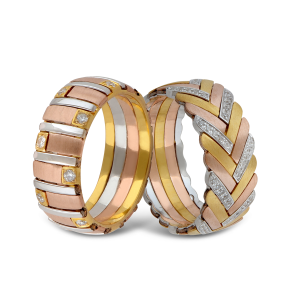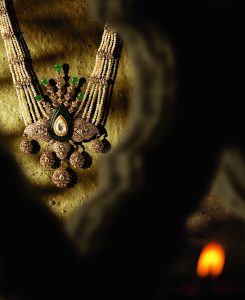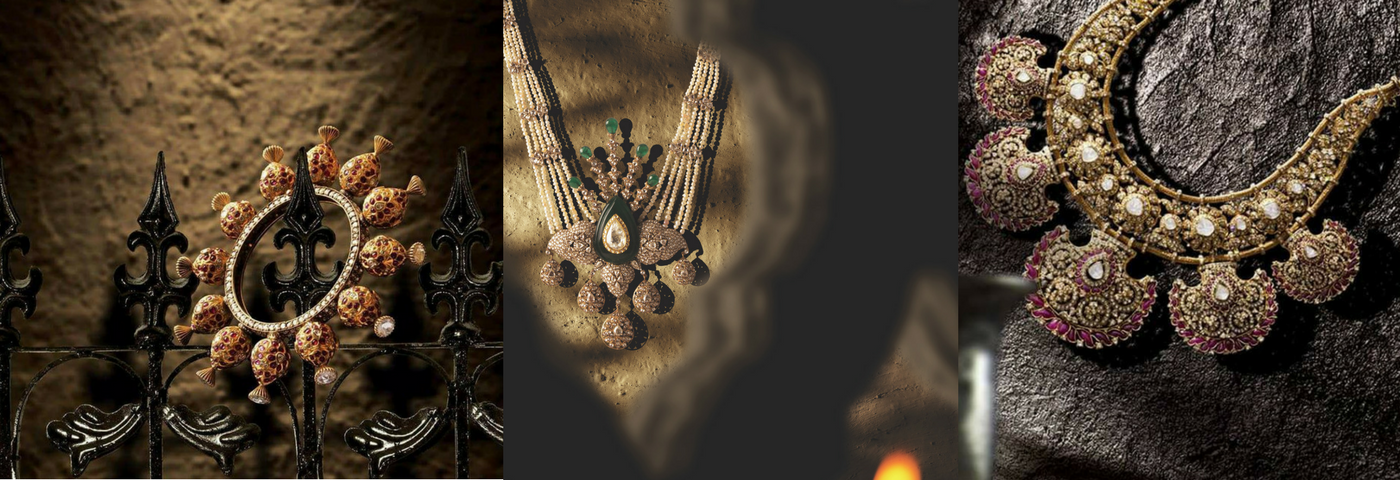In the first of a series of International Focus articles for IJL on the global gem and jewellery trade, David Brough profiles India, a leading gold consumer and the world’s centre for diamond cutting and polishing.
India has a dominant role in the processing and export of polished diamonds and looks set to increase its global leadership of the diamonds trade in the years ahead.
India is also a leading producer and exporter of manufactured and handcrafted gem-set jewellery and aims to boost exports in this category too, senior officials of the state-backed Gem & Jewellery Export Promotion Council (GJEPC) say.
THE JOURNEY OF A DIAMOND
Nearly all diamonds pass through India at some stage of their cutting and polishing. Indian expertise is in the manufacturing of diamonds, which are generally imported as rough stones from origins such as southern Africa and Russia.
Net exports of Indian gems and jewellery rose to US$35.59 billion in fiscal year 2016-17, from US$15.66 billion in fiscal year 2004-5, according to the India Brand Equity Foundation.
The net exports of gems and jewellery from India rose at a compound annual growth rate of 7.01 percent from fiscal year 2005 to 2017, it added.
The rough diamonds are processed in state-of-the-art factories in centres such as Mumbai and Surat by a highly skilled labour force, and are then predominantly re-exported either as loose polished diamonds or set in finished jewellery.
THE MARKET FOR DIAMONDS IN INDIA
India, the world’s second most populous country after China, also has a growing domestic market for diamond jewellery as its middle class expands well into the hundreds of millions.
The GJEPC is charting a strategy to boost exports of polished diamonds further.
Recently the export strategy faced challenges after the government decided to double the import duty on polished diamonds to 5 percent, causing the GJEPC leadership to express disappointment over the move, fearing a slowdown in exports.
Nevertheless, the economies of scale of Indian diamond manufacturing and the extensive Indian diaspora in the trade around the world, will ensure that India remains highly competitive in the processing and export of polished diamonds in the years to come, jewellers say.
Much of the global trading of diamonds takes place in centres such as Antwerp and Dubai, where Indian businesses are already long established.
The GJEPC has strongly supported the generic marketing of diamonds led by the miner-backed Diamond Producers Association (DPA), whose initial campaigns have included the Indian market as well as other leading diamond jewellery markets such as the United States and China.
In coloured gemstones, the Indian city of Jaipur is India’s leading cutting centre, processing mainly imported stones.

INTERNATIONAL TRADE SHOWS FOR THE INDIAN MARKET
International trade shows are leading gateways for exports of Indian gems and jewellery, including the India International Jewellery Show (IIJS) in Mumbai, held twice a year, in February and July/August.
The IIJS events, visited by retailers from around the world, showcase the latest Indian jewellery designs in 22-carat gold, often set with diamonds and coloured gemstones manufactured in India.
India is one of the world’s top gold consumers and has a long tradition of using the yellow metal in wedding jewellery that belongs to the bride.

Jewellers from Jaipur present a graceful, multi-layered necklace from their Adaa collection, inspired by royal women in India, adorned in floral motifs set with diamonds, emeralds and rubies.
The GJEPC has organised Indian pavilions at international trade fairs, to present the latest creations by Indian manufacturers and designers.
The body also organises buyer-seller meetings at which retailers from around the world buy from Indian gemstone and jewellery suppliers.
High end Indian designer-brands that have a high profile internationally, include Bina Goenka, and Farah Khan Ali.
MORE RECENT SCANDALS
A recent cloud hanging over the Indian gem and jewellery industry has been alleged bank fraud involving jewellers Nirav Modi and Gitanjali.
The focus of the GJEPC going forward will be to help in the promotion of up-and-coming Indian jewellery brands around the world, and in improving the image and reputation of goods that are “Made in India,” GJEPC officials say.
Jewellers who have combined Western and Eastern design influences, such as PureJewels in London, have had success in reaching out to the diaspora, notably the affluent British Asian market which is estimated to be worth around 2 percent of the UK retail jewellery market.
British Asian jewellery retailers tend to stock jewellery that was manufactured in India, where they often have family connections, as well as Western brands.
As jewellery consumers in the Indian diaspora become increasingly sophisticated, travelling in the West and enjoying higher incomes, tastes in design are becoming more cosmopolitan, so trends may develop in future merging Indian heritage with Western style.
IJL is #withyou offering insights on the global jewellery industry and other relevant content for our vibrant trade. Find out more about this year’s exhibitors from across the globe, here.

